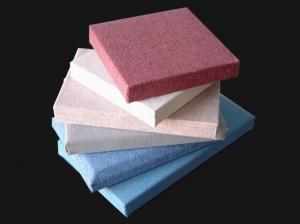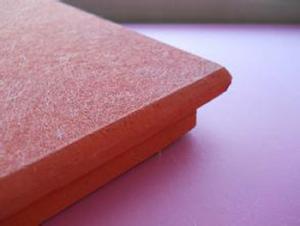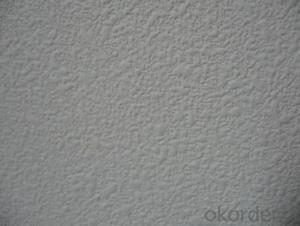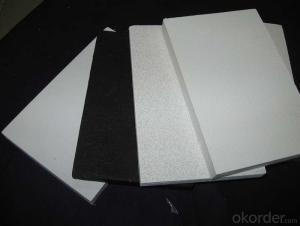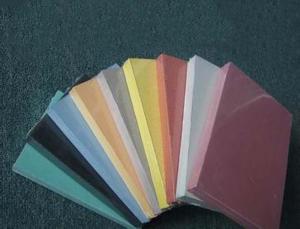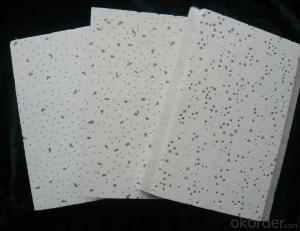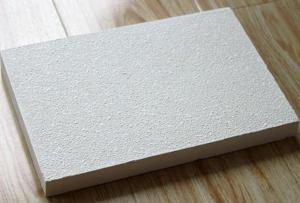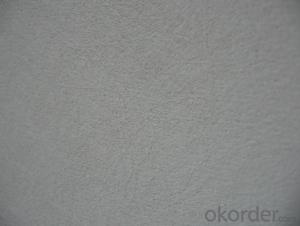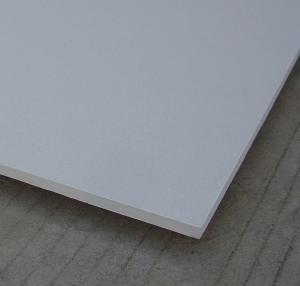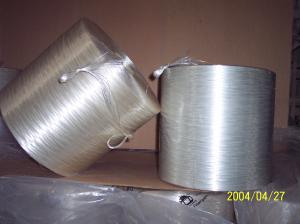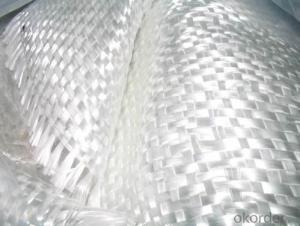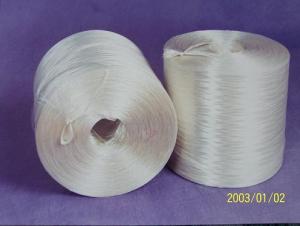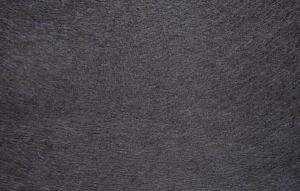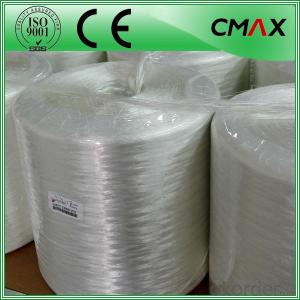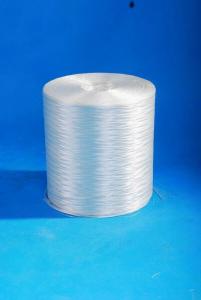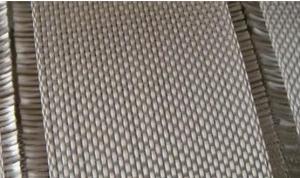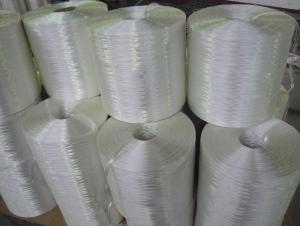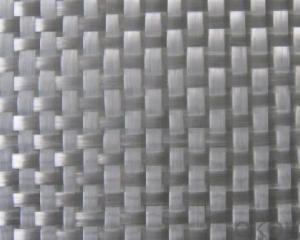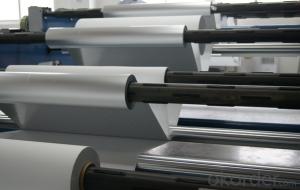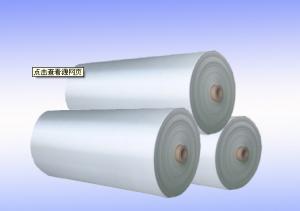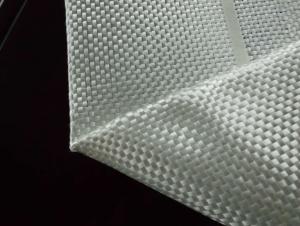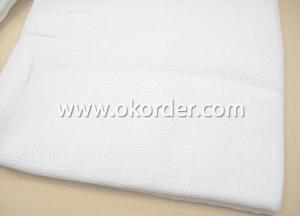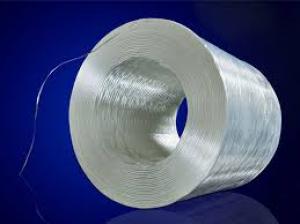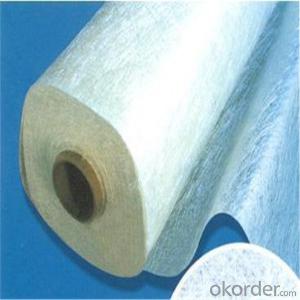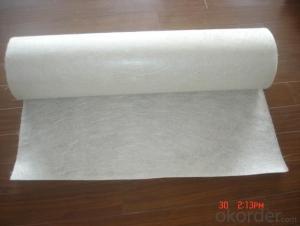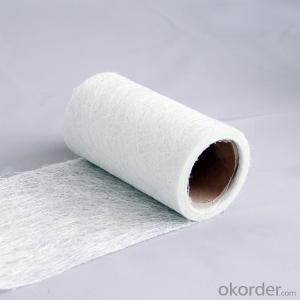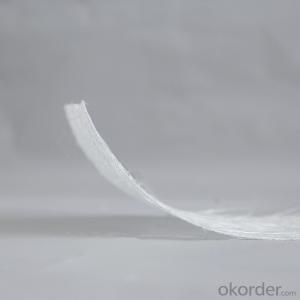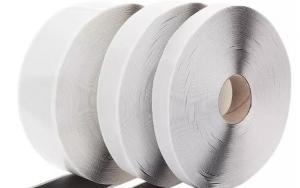Fiberglass Roving
Fiberglass Roving Related Searches
Led Light Bulbs For Ceiling Fixtures Decorative Ceiling Plate For Light Fixture Ceiling Plate For Hanging Light Fiberglass Sheets For Roofing Track Lights For Kitchen Ceiling Lights For Kitchen Ceiling Lights For Fall Ceiling Spotlight For Ceiling 5 Blade Ceiling Fan With Light 12X12 Ceiling Tiles With HolesHot Searches
Fiberglass Scaffolding For Sale Plastic Roof Tiles For Sale Fiberglass Panels For Sale Fiberglass Greenhouses For Sale Cost Of Concrete Tile Roof Roof Insulation Price Artificial Slate Roof Tiles Price Ceiling Fan Lowest Price Tesla Solar Roof Inverter Types Of Flat Roof Coverings Stone Wall Tiles Cost Company Office Design Ceramic Roof Tiles Cost Metal Roof Tiles Prices Cement Roof Tile Manufacturers Clay Roof Tile Manufacturers Synthetic Roof Tiles Cost Roof Clay Tiles Prices Interlocking Roof Tiles Prices 30 Year Roof Shingles PricesFiberglass Roving Supplier & Manufacturer from China
Okorder.com is a professional Fiberglass Roving supplier & manufacturer, offers integrated one-stop services including real-time quoting and online cargo tracking. We are funded by CNBM Group, a Fortune 500 enterprise and the largest Fiberglass Roving firm in China.Hot Products
FAQ
- Fiberglass mat tissue is typically bonded to surfaces using a combination of adhesive and pressure. The adhesive, commonly a resin or epoxy, is applied to the surface and then the fiberglass mat tissue is pressed onto it. This ensures proper adhesion and allows the mat tissue to conform to the surface contours. Once bonded, the adhesive is cured to permanently bond the fiberglass mat tissue to the surface.
- The roll diameter of fiberglass mat tissue can have a significant impact on its handling. A larger roll diameter generally means a heavier and bulkier roll, making it more challenging to handle and maneuver. This can be particularly important in situations where the fiberglass mat tissue needs to be transported or installed manually. A larger roll diameter may also require more physical effort to lift and move, which can lead to increased strain on the individuals handling it. Moreover, larger roll diameters can also take up more space, making storage and transportation more cumbersome. On the other hand, a smaller roll diameter can make the fiberglass mat tissue easier to handle, as it is lighter and more compact. This can be particularly advantageous in situations where frequent movement and installation are required, such as in construction sites or manufacturing facilities. Additionally, a smaller roll diameter may allow for more efficient storage and transportation, as it takes up less space and can be stacked more easily. This can help optimize logistics and minimize costs associated with storage and transportation. Overall, the roll diameter of fiberglass mat tissue directly affects its handling characteristics, with larger diameters making it more challenging to handle and smaller diameters providing easier handling and improved storage efficiency.
- The expected lifespan of fiberglass mat tissue in residential applications can vary depending on various factors such as the quality of the material, installation techniques, climate conditions, and maintenance. However, on average, fiberglass mat tissue can last for 20 to 30 years in residential applications when properly installed and maintained.
- Yes, fiberglass mat tissue is suitable for railway rolling stock. Fiberglass mat tissue is a lightweight and durable material that is commonly used in the construction industry for various applications, including in the manufacturing of railway rolling stock. It offers excellent mechanical strength and resistance to corrosion, making it ideal for use in the harsh and demanding environments that railway rolling stock typically operates in. Additionally, fiberglass mat tissue has good thermal insulation properties, which can help to improve the energy efficiency of the rolling stock. Overall, fiberglass mat tissue is a suitable and reliable choice for the construction and maintenance of railway rolling stock.
- Yes, fiberglass mat tissue can be used for insulation in shopping malls. It is a common and effective material for thermal insulation due to its low thermal conductivity and high resistance to heat transfer. Fiberglass mat tissue is also non-combustible, making it a safe option for commercial buildings like shopping malls. Additionally, it is lightweight, easy to install, and has excellent sound absorption properties, which can help in creating a comfortable and quiet environment within the mall. Overall, fiberglass mat tissue is a suitable choice for insulation in shopping malls, providing energy efficiency and improved indoor comfort.
- Fiberglass mat tissue offers several advantages over other insulation materials. Firstly, it has excellent thermal insulation properties, effectively reducing heat transfer and maintaining indoor temperature. Secondly, it is lightweight and easy to install, making it a cost-effective option. Additionally, fiberglass mat tissue has good sound absorption properties, making it ideal for reducing noise pollution. It is also resistant to fire, mold, and moisture, enhancing its durability and longevity. Overall, fiberglass mat tissue is a versatile and efficient insulation material that outperforms many alternatives in various aspects.
- Indeed, reinforcing concrete is possible with the utilization of fiberglass mat tissue. This lightweight and flexible material is frequently employed in construction endeavors to augment the sturdiness and endurance of concrete structures. By embedding it within the concrete, additional reinforcement is provided, which aids in averting the formation of cracks over time. Typically crafted from top-notch glass fibers that are interwoven to form a robust and steady substance, fiberglass mat tissue showcases exceptional tensile strength and corrosion resistance, rendering it an optimal selection for enhancing the performance of concrete. Whether employed in sidewalks, driveways, or other concrete formations, the presence of fiberglass mat tissue can substantially heighten the potency and lifespan of the concrete in question.
- Yes, fiberglass mat tissue is suitable for insulation in industrial applications. It offers excellent thermal insulation properties, high tensile strength, and is resistant to moisture, chemicals, and fire. Additionally, it is easy to install and provides effective heat retention, making it a reliable choice for insulating various industrial equipment and structures.
